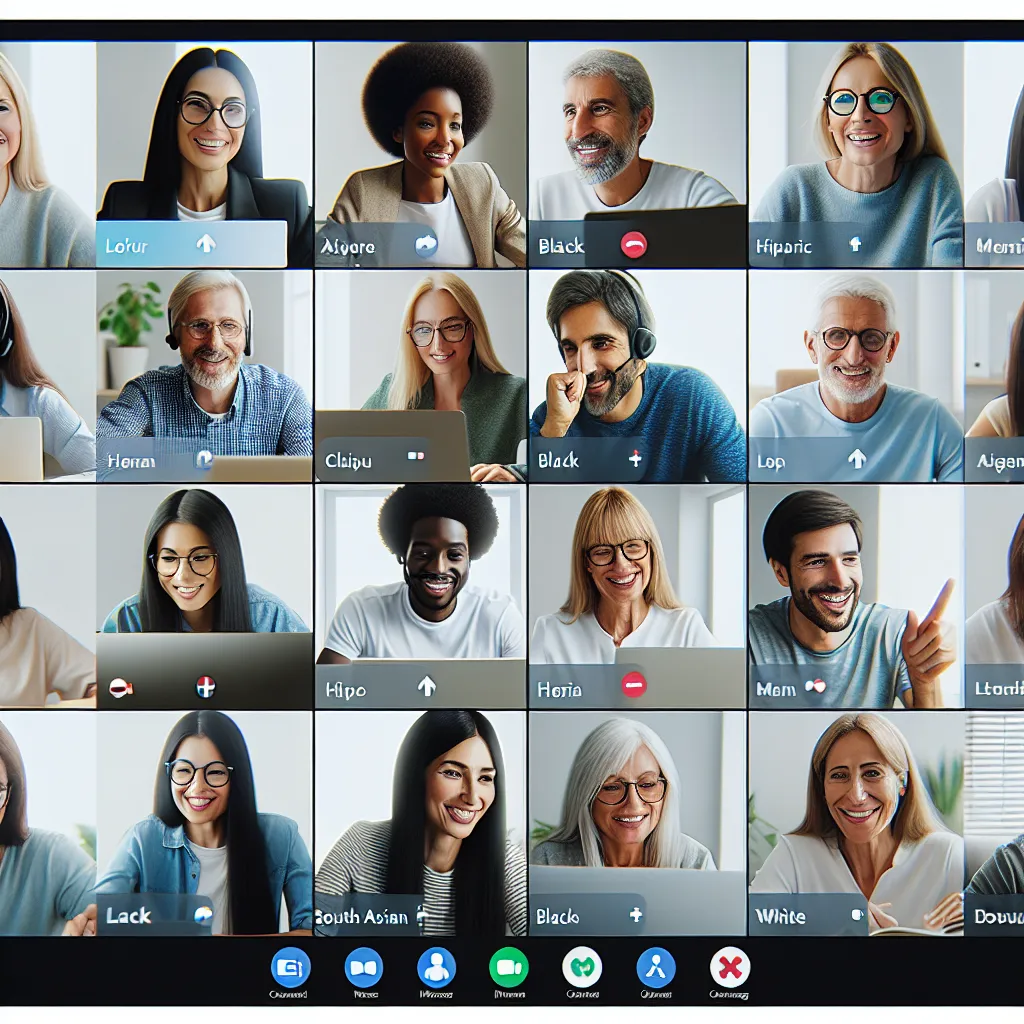Effective Techniques for Increasing Participant Engagement in Online Workshops
Maximizing engagement in online workshops is crucial for facilitating a dynamic and interactive learning environment. Effective techniques for increasing participant engagement in online workshops involve a combination of strategic planning and the use of innovative tools. One of the best practices is to incorporate interactive elements such as live polls, quizzes, and breakout sessions to stimulate active participation. Another effective strategy is the use of multimedia content like videos, infographics, and interactive presentations to maintain participants’ interest and enhance learning experiences.
Furthermore, creating opportunities for collaborative activities, such as group discussions and virtual group projects, can significantly boost engagement levels. Encouraging regular interactions through chat functions and designated Q&A sessions also fosters a sense of community and keeps participants engaged throughout the workshop. Additionally, leveraging gamification techniques, such as awarding points or badges for active participation, can incentivize attendees to actively engage with the workshop content.
It’s also essential to provide a platform for ongoing feedback and assessment to gauge participant understanding and adjust the workshop’s pace and content accordingly. This not only ensures that participants are comprehending the material but also empowers them to shape the direction of the workshop, creating a more personalized and engaging experience.
In summary, maximizing engagement in online workshops requires deliberate planning and the integration of various interactive elements and strategies. By implementing these effective techniques, workshop organizers can create a vibrant and engaging learning environment that captivates participants and maximizes the overall impact of the workshop.
Engaging Strategies for Ensuring Active Participation in Virtual Workshops
Engaging participants in virtual workshops is crucial for the success of the event. By employing effective strategies, workshop leaders can ensure active participation and maximize engagement. One key strategy is to create interactive activities that encourage involvement and collaboration among participants. This can include breakout group discussions, live polls, and interactive Q&A sessions.
Another essential aspect is the use of multimedia and visual aids to support the content being presented. Utilizing slideshows, videos, and other visual elements can help maintain the participants’ interest and enhance their understanding of the material. Additionally, incorporating gamification elements such as quizzes or challenges can make the workshop more interactive and enjoyable for the attendees.
Furthermore, establishing clear communication channels and encouraging active dialogue can foster a sense of community and engagement. This can be achieved through the use of online chat features, virtual hand-raising for questions, and dedicated time for open discussions. Engaging with participants through these channels can create a more dynamic and participatory workshop environment.
In conclusion, maximizing engagement in virtual workshops requires intentional use of interactive activities, multimedia support, and fostering open communication. By implementing these engaging strategies, workshop leaders can ensure active participation and create a more immersive and rewarding experience for all attendees.
Maximizing Interaction and Retention in Online Workshop Environments
Maximizing interaction and retention in online workshop environments is crucial for ensuring the success of virtual learning experiences. Implementing best practices and strategies to enhance engagement can significantly improve the overall effectiveness of online workshops.
One of the key strategies for maximizing interaction is to utilize interactive tools such as polling, quizzes, and breakout sessions. These tools not only encourage active participation but also provide valuable insights into participants’ understanding and engagement levels. By incorporating these interactive elements strategically throughout the workshop, facilitators can keep attendees actively involved and interested in the content.
Another effective approach to increasing interaction and retention is to incorporate multimedia elements, such as videos, animations, and interactive presentations. These visual and auditory aids help in breaking the monotony of the online workshop, capturing participants’ attention, and reinforcing key concepts. Additionally, utilizing real-life examples and case studies can make the content more relatable and memorable for the attendees, thereby enhancing retention.
Furthermore, creating opportunities for peer-to-peer interaction through discussions, group activities, and collaborative projects fosters a sense of community and active engagement. When participants have the chance to share their thoughts, collaborate with their peers, and apply the knowledge gained, they are more likely to retain the information and stay engaged throughout the workshop.
It is essential to provide clear and structured content delivery, including concise information, well-organized materials, and a seamless navigation system. Clutter-free presentations and easy access to relevant resources can help in maintaining participants’ focus and reducing distractions, leading to improved retention of the workshop content.
In conclusion, by incorporating interactive tools, multimedia elements, opportunities for peer-to-peer interaction, and ensuring clear content delivery, facilitators can maximize interaction and retention in online workshop environments, ultimately enhancing the overall learning experience for participants.





